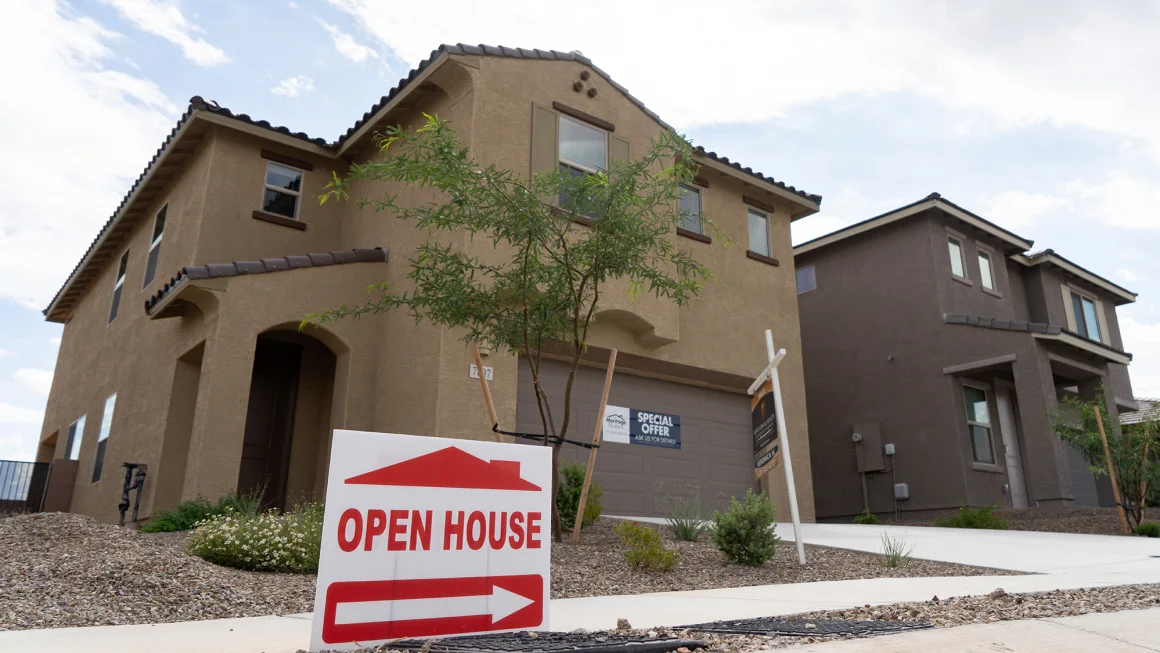In the final stretch of the presidential race, both Kamala Harris and Donald Trump are focusing on housing policies, aiming to address a critical voter concern: the affordability crisis in the housing market.
- Voter Concerns: Housing affordability is a significant issue, with 24% of renting voters considering it their top economic concern.
- Rising Home Prices: Over the last four years, US home prices surged by 45%, with median prices hitting record highs.
- Impact of Interest Rates: High mortgage rates, currently just below 7%, exacerbate the affordability crisis, impacting both home buyers and the broader economic sentiment.
- Differences in Candidate Approaches:
- Harris’ Plan: Includes a $25,000 down-payment assistance and a $10,000 tax credit for first-time home buyers, alongside a plan to build 3 million new housing units and regulate rent-setting practices.
- Trump’s Focus: Emphasizes reducing housing costs by deporting undocumented immigrants and utilizing federal lands for housing, with promises to lower interest rates and provide tax incentives for homeownership.
- Legislative Challenges: Any new housing policies proposed by Harris would require congressional approval, which could be difficult to obtain.
Housing policy has emerged as a pivotal issue in this election, reflecting deep voter anxiety about affordability. The candidates’ differing approaches highlight a fundamental divide in their strategies to address the crisis, with significant implications for future housing market dynamics.










